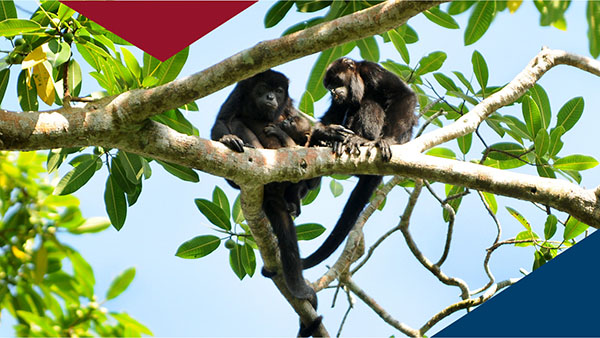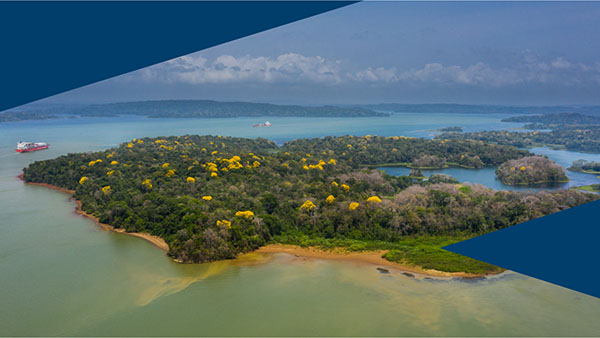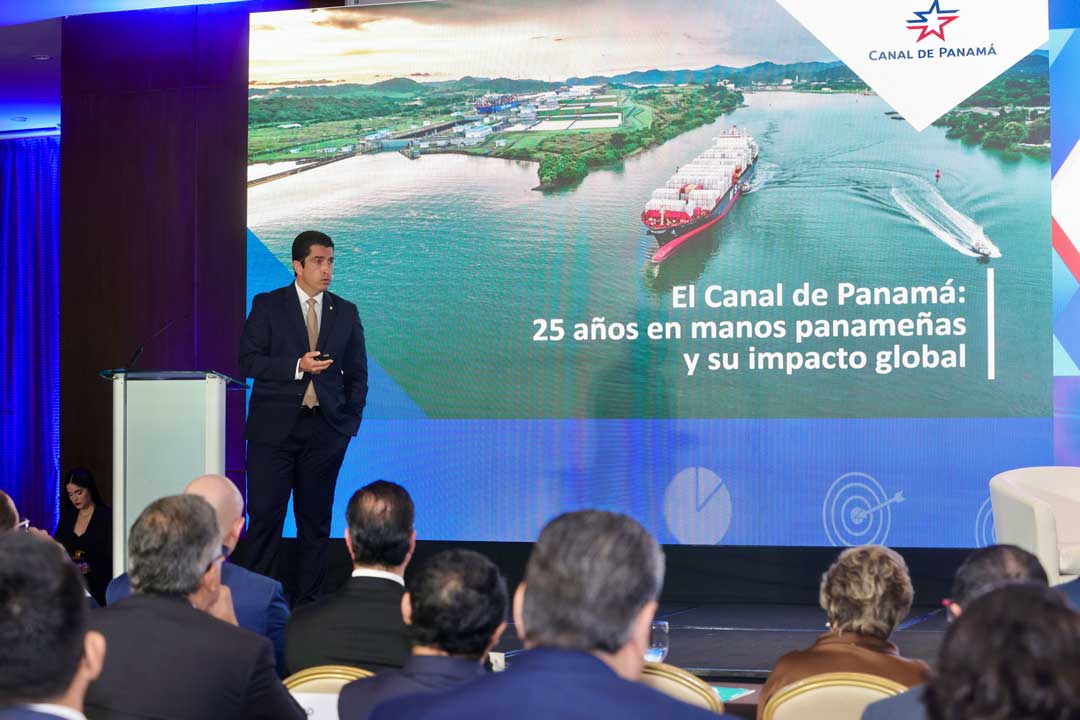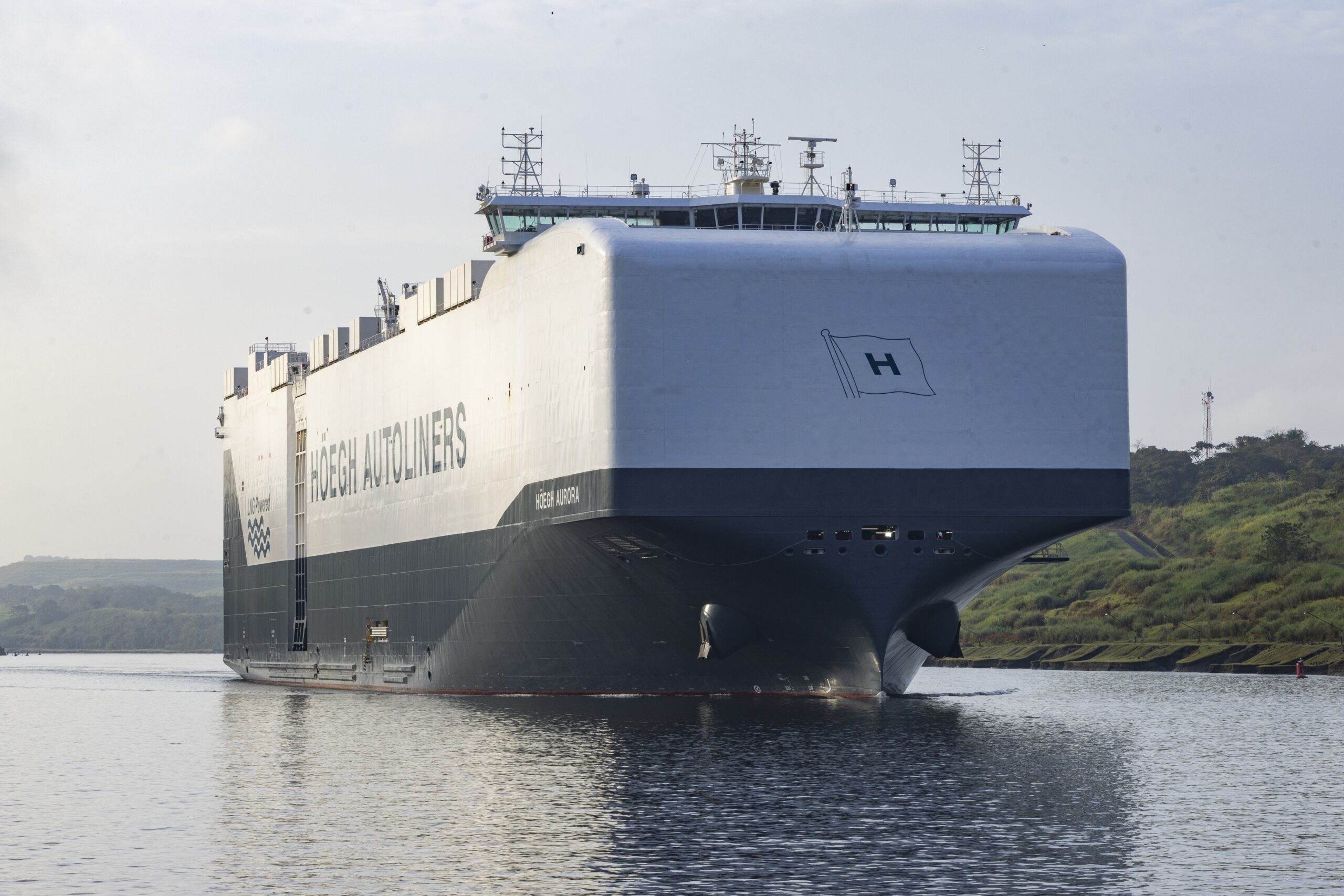Beyond the Panama Canal being a link for world maritime trade, the Canal Watershed facilitates connectivity for the rich biodiversity found in the region. Surrounding the Panama Canal lie thousands of acres inhabited by howler monkeys, white-faced capuchins, toucans, harpy eagles, sloths, and deer, among others.
Panama is part of the Mesoamerican Biological Corridor, the natural land bridge from South to North America, used by species in migration. The Canal Watershed is part of this bridge, consisting of over 847,500 acres of rainforest, of which 57% is forest cover. The Panama Canal Watershed, in addition to providing water for Canal operations and for more than half of the country’s population, is also a sanctuary for a great variety of species of flora and fauna.

Today, the surrounding waters and islands in the Canal Watershed house approximately 160 mammal species. Of the 33 mammals considered in danger of extinction in the country, 30 live in this area, among them, the jaguar, the tapir and the white-lipped peccary. The Canal Watershed is also home to more than 500 bird species, with 25 of the 35 protected bird species in the country living in this area. In addition, the area is also home to 125 reptile species and 26 types of fish.
The Panama Canal plays an important role in the conservation of this area, fostering sustainable development and protecting its water resources. The Panama Canal has long recognized water as its principal resource, implementing and expanding a myriad of programs that stretch beyond its operations in the name of conservation.
The Panama Canal diligently manages the Canal’s water supply and actively protects its environmental resources, while enhancing and maintaining the sustainability of the Canal Watershed. As part of its operations, the Canal team is in charge of maintaining the water resources, in quantity and quality, using the necessary technology to properly forecast water levels, ensure the proper conservation of the natural resource, and effectively control water flow.
By taking care of the Watershed and its natural resources, the Canal contributes to the protection of the species in the region. As part of its environmental protection strategy, the Panama Canal carries out several programs for the protection and conservation of the natural resources, which contribute to the biodiversity conservation strategies at the national level and protect the diversity of the Mesoamerican Biological Corridor.
The Canal carries out programs, such as agroforestry (integrating tree planting) and conservation efforts that have contributed to the reforestation of over 19,700 acres. By partnering with the local community in the watershed through land titling and environmental education programs in forest conservation, the Canal has contributed in the protection of additional 7,783 acres of rainforests. The Canal also conducts periodic monitoring reports to keep track of reforestation efforts. The waterway is also working with local stakeholders to design new strategies that will help enhance the forest cover, and encourages the creating of sustainable business initiatives linked to environmental protection, ecotourism, and agritourism.

During the seasonal migration of cetaceans, which include whales, dolphins and other large aquatic mammals, the Panama Canal promotes the implementation of maritime traffic separation schemes (TSS) which decreases the overlap between vessels entering or exiting the Canal and migrating whales. Vessels traveling through these areas on the Pacific side of the Canal are also required to proceed at a speed of no more than 10 knots, a practice known as Vessel Speed Reduction (VSR). This measure, first implemented in 2014, has significantly reduced the likelihood of serious incidents and accidents involving humpback whales and other cetaceans in the years since, assuring maritime safety and control of vessels transiting the waters surrounding the Canal. The measures have also lowered their greenhouse gas and pollutant gas emissions by an average of 75%, depending on the type, size, and fuel of each vessel..
Protecting biodiversity at the Canal Watershed cannot be done alone. The Canal maintains alliances with scientific institutions, the private sector and the Panamanian government entities. The Canal also has a longstanding partnership with the Smithsonian Tropical Institute (STRI), which carries out pioneering research on a wide range of topics, including biodiversity in the Watershed. Together, they continue their work on the 1730-acre Agua Salud Project, which compares how different experimental land uses affect water management, carbon storage and biodiversity conservation in the Panama Canal Watershed.
The Panama Canal will continue developing projects and initiatives to protect its natural resources. The health of the Watershed is a reflection of the health of the Panama Canal, and it continues to remain an important part of the Canal’s strategy to protect the natural resources surrounding the Green Route and guarantee water availability. Strong partnerships will be integral to this goal, and the Canal will continue to grow its partnerships and develop programs to be a part of the solution for nature.



